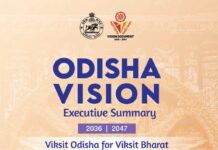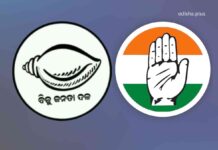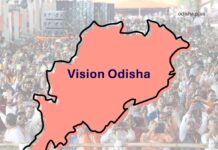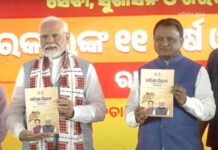The Odisha Budget 2025-26 proposed ₹2.90 lakh crore to achieve a developed state by 2036
Pradeep Kumar Biswal
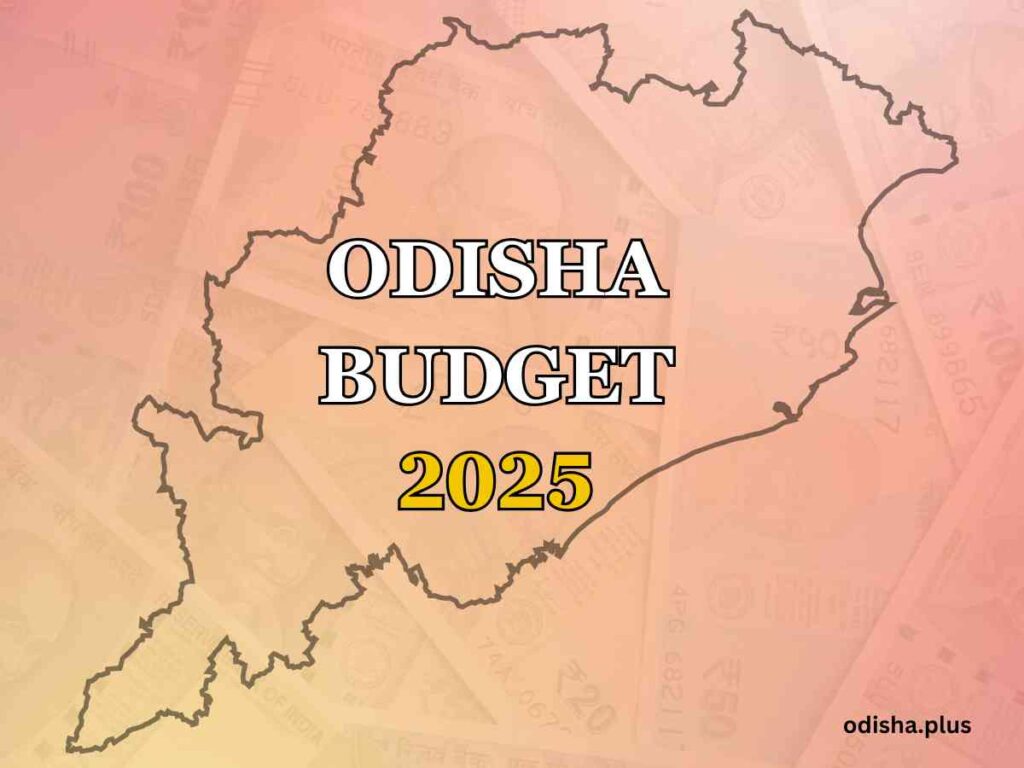
The state suffers from different types of deficiencies and drawbacks even after 75 years of independence. We have 2380 villages which do not have road connectivity. The state government admitted it on the floor of the Assembly. At times of distress, an ambulance cannot enter these villages. People face multiple problems in accessing education and healthcare facilities. Women, children, and the aged persons are made to suffer a lot. Another example of deprivation that is equally disturbing is the lack of potable water around the year in some villages.
In the grueling summer, the ladies cover miles to fetch drinking water for the family. Not only this, we are confronted with some serious problems like no banking services in the villages and no internet connections too. The nearest banking outlet is at times miles away and people have to scale the nearest hilltop or a treetop to access the internet.
A recent study finds that class eighth students don’t know the basics of arithmetical solutions. Quality education is a far cry even in government schools in urban areas. Sometimes the statistics give a different perspective of growth and development far from the ground realities. In such a bleak scenario the budget seems a futile exercise to address the real issues.
Political Statement
It may be mentioned that the budget is not a statistical document. It should reflect the aspirations of the people and the commitment of the government. It’s more a political statement than an economic analysis. Budget estimates are estimates only unless and until these estimates are put into action to achieve the intended goals.
Our experience shows how miserably the budgets in the past failed to achieve the objectives. Going by statistics the amount of surrender at the end of the year exceeded the supplementary provisions and attracted adverse remarks from the CAG year after year.
The State Government presented a very ambitious budget of Rs 2.90 lakh crores for the year 2025-26 very recently. Few new schemes have been announced in the budget and there is an incremental rise in the allocations in the ongoing schemes. The budget is expected to achieve a developed state ‘Vikasita Odisha’ by 2036 but it lacks a clear roadmap in that direction.
There are as many as 16 new schemes introduced in the budget but going by the scope and size of these schemes they are not having any significant futuristic impact. Only one scheme ‘Antodaya Gruha Yojana’ seems to have an impact on the housing sector. There’s a budget provision of Rs 200 crore each for the Northern Odisha Development Council and Southern Odisha Development Council.
The allocation for Western Odisha Development Council has been increased to Rs 500 crore. If we look back at the success of Western Odisha Development Council in the past it’s never assured that these councils can ever bridge the regional imbalances and foster development in those regions. The MLALAD fund has been increased from Rs 3 crore to Rs 5 crore for each constituency. Further, there’s a provision of Rs 142 crore towards Constituency Wise Allocation (CWA) during the year 2026-26. There is a big question mark on the proper utilization of these allocations since they serve as discretionary funds at the hands of the public representatives.
Two schemes that attract public attention are Mukhya Mantri Sadak Yojana with an allocation of Rs 3470 crore and Mukhya Mantry Swasthya Seva Mission with Rs 3881 crore which would make a dent in the rural road infrastructure and building health infrastructure respectively. For building a disaster-resilient power system in the state, the allocation of Rs 500 crore under the Mukhya Mantry Shakti Bikash Yojana seems to be a meaningful intervention in mitigating disaster effects on the power sector. The provision of Rs 2000 crore for Bikashita Gaon Bikashita Odisha aiming at enhancing rural infrastructure is a welcome step but it may overlap with other schemes with similar objectives.
Urban Development
For urban development, there’s a scheme named Samrudha Sahara with the allocation of Rs 408 crore to transform the urban landscape into engines of growth. More than that it should first focus on the development of urban infrastructure which suffers from multiple challenges. Acknowledging the deficiencies in our primary education system the Government has made a provision of Rs 2960 crore under the Godavarish Mishra Adarsha Prathamik Vidyalaya scheme aiming at developing holistic learning centers at the Panchayat level with advanced infrastructure and learning resources. If it’s implemented properly, there’s bound to be a significant improvement in the primary education sector in the state. One thing that looks somewhat unreasonable is that the transfer to local bodies has come down from 8375 crore to 8000 crore during the year 2025-26.
While considering the composition of the GSDP, the industry and mining sectors will contribute 43%, the service sector will contribute 21 % and the agriculture and allied sector will contribute 21%. So far as resources are concerned own tax revenue will contribute 23%, share in central taxes 22%, Capital Receipts 20%, grants from Centre 14%.
In the capital receipts, Public Debt has been estimated at 16%. In respect of outgo from the budget, the Programme Expenditure is estimated at 59%, Administrative Expenditure 37%, Transfer to Local Bodies 3%, and the Disaster Response Fund 1%. Principal and interest repayment will account for 9.5%. The Capital Outlay is estimated at Rs 65,012 crore which accounts for 6.1% of the GSDP, one of the highest in the country.
This will be partly financed by the public debt of Rs 47400 crore. While 32% of the budget will be spent on the Economic Sector, 41% will be spent on the social sector. This means that the government is more focused on social security and the welfare of the people. The budget is designed to adhere to the FRBM targets and the revenue surplus will be 3.0% of the GSDP.
Fiscal Deficit
The Fiscal Deficit is estimated at 3.2 of the GSDP within the FRBM mandate. The Debt Stock is estimated at 12.7% of the GSDP and it is at a sustainable level. The open market borrowing is projected only 37% of the total public debt, which will be around Rs 17538 core. It will be known at the end of the year how much open market borrowing will be made out of it. Odisha is one of the few states doing well in FRBM compliances and the budget has maintained its fiscal prudence in managing both the resources and the demands pragmatically.
In the end, it may be reiterated that the budget should strive to achieve the goals and targets and fulfill the aspirations of the people rather than creating an illusion of development. The government machinery should be in a position to implement the scheme and programs in such a manner that each rupee is spent meaningfully for the development of the state and the welfare of its citizens.
(The author is a poet & columnist and a former bureaucrat. Views expressed are personal)














